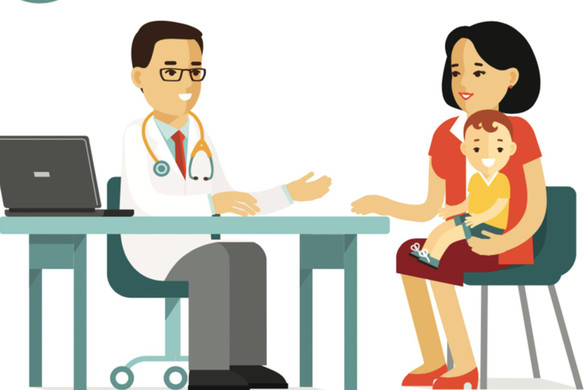Table of contents
No one likes to wait around for the doctor, but that’s often the case for patients when it comes to getting medical care.
A recent survey by Merritt Hawkins found that patients wait an average 24 days to make an appointment with a doctor, an increase from 18.5 days in 2014. Once the appointment arrives, they sit in the waiting room for an average 18 minutes and 35 seconds, according to a study by health-care consumer engagement group Vitals.
Unsurprisingly, there’s a strong correlation between wait times and patients’ ratings of doctors. Doctors with the highest ratings had an average wait time of about 12 and a half minutes, while physicians with the lowest rating had an average wait time of 33 minutes, according to Vitals.
Of course, it’s not just doctors running behind that slows things down. Here are some common issues that can increase patient wait time:
- Late arrivals
- No-shows
- Walk-in appointments
- Insufficient staffing
- Unpredictable length of visit
- Glitchy appointments software
10 ways to reduce wait time for patients
It’s clear that long wait times can affect both your practice and your patients’ satisfaction. If your current wait times aren’t satisfactory, here are 10 ways to speed things up.
Invest in an appointment scheduling system that encourages patients to book early.
An online scheduling system not only frees up front desk staff to work with patients who are in the office, but also it allows users to make (and change) appointments at their convenience — at any time of day. Automated scheduling systems can also be programmed to send appointment reminders to patients, which cuts down on no-shows.
Gather patient information prior to the appointment.
You can eliminate delays caused by patients filling out paperwork or forgetting any necessary documentation by requiring everyone to complete registration forms before they come to the office.
Invest in self-service check-in systems.
When you allow patients to sign in electronically, you free up your front desk staff to work with departing patients who are paying or discussing follow-up appointments.
Create a walk-in policy.
If you find that last-minute or emergency appointments tend to create a slowdown in your office, get ahead of the problem by creating windows of time to accommodate these patients. Block off some time each day or build some time in between appointments for walk-ins.
Create a no-show policy to improve scheduling efficiency.
If no-shows are consistently a problem, you may need to enact and enforce a policy to cut down. Consider charging patients a fee if they don’t cancel within a certain window of time, like 12 hours in advance. Some online booking systems allow you to take credit card information when a patient sets an appointment, so you can charge them if they don’t show up or cancel too late.
Implement calendar management practices so you’re not overbooking medical professionals.
Take a hard look at how long the average appointment lasts in your practice. If it’s 30 minutes, then don’t book appointments every 25 — build in some buffer time so medical professionals (and patients) don’t feel rushed, and incoming patients aren’t waiting longer than necessary.
Evaluate employee start times and lunch breaks.
Does everyone in the office tend to clear out at the same time each day? If so, talk to staff about staggering their start times and breaks so you have the optimal amount of administrators, doctors, and nurses available at the busiest times, like in the afternoon when people are trying to fit in appointments during their lunch hour.
Create patient feedback surveys to identify bottlenecks in the process.
There’s always room for improvement, so send patients a survey after their visit to find out how they felt about their experience, especially the wait time. The fact that you even inquired about their satisfaction can go a long way in proving to patients that you care about their experience.
Track patient waiting and evaluate regularly to find trends and areas to improve.
Look at the results of your survey — or even just ask your front desk to observe the wait time — to determine whether the longest waits tend to happen at a specific time, day of the week, etc. Once you find the jam-ups, you can figure out solutions, like scheduling more staff during those times.
Train your staff effectively to improve workflow management.
To create a culture in which patient experience is a top priority, you need to get everyone on board by enacting more efficient practices. Take the time to educate your staff about streamlining workflow management, especially if you adopt new software for appointments and check-ins.
![]()











